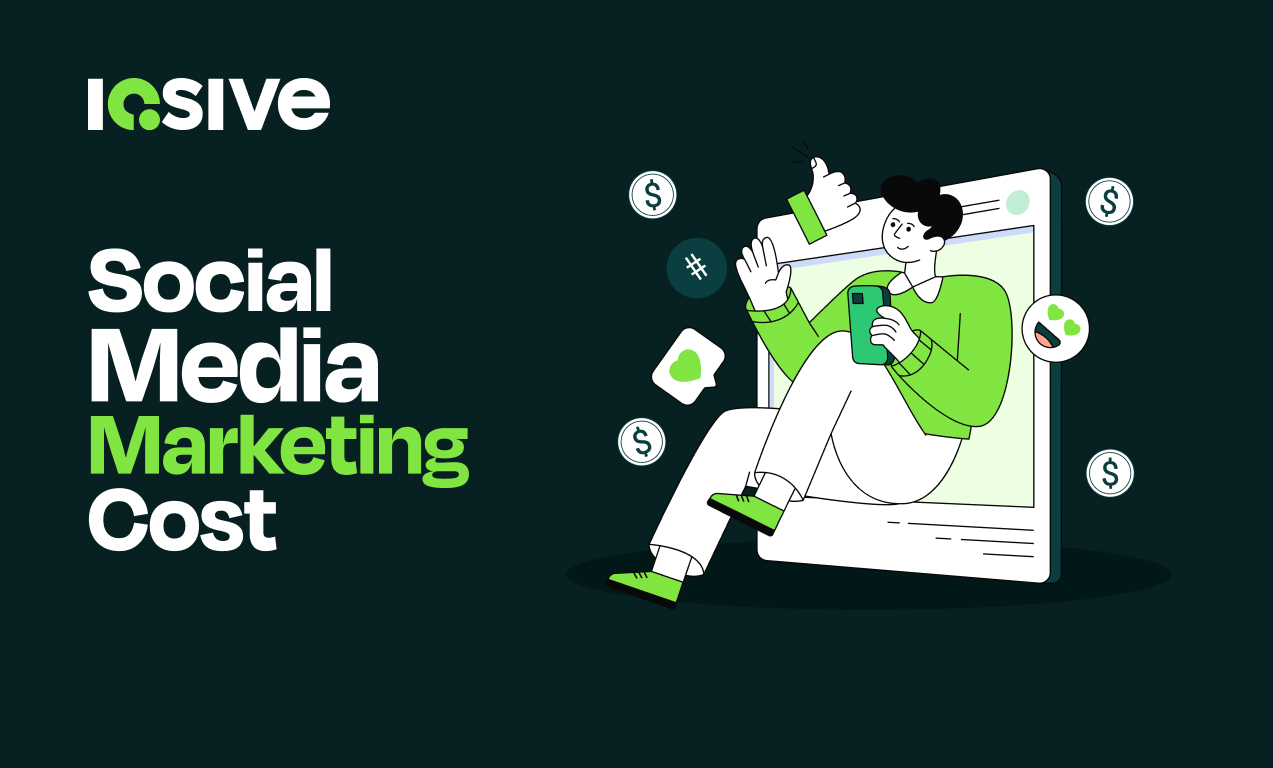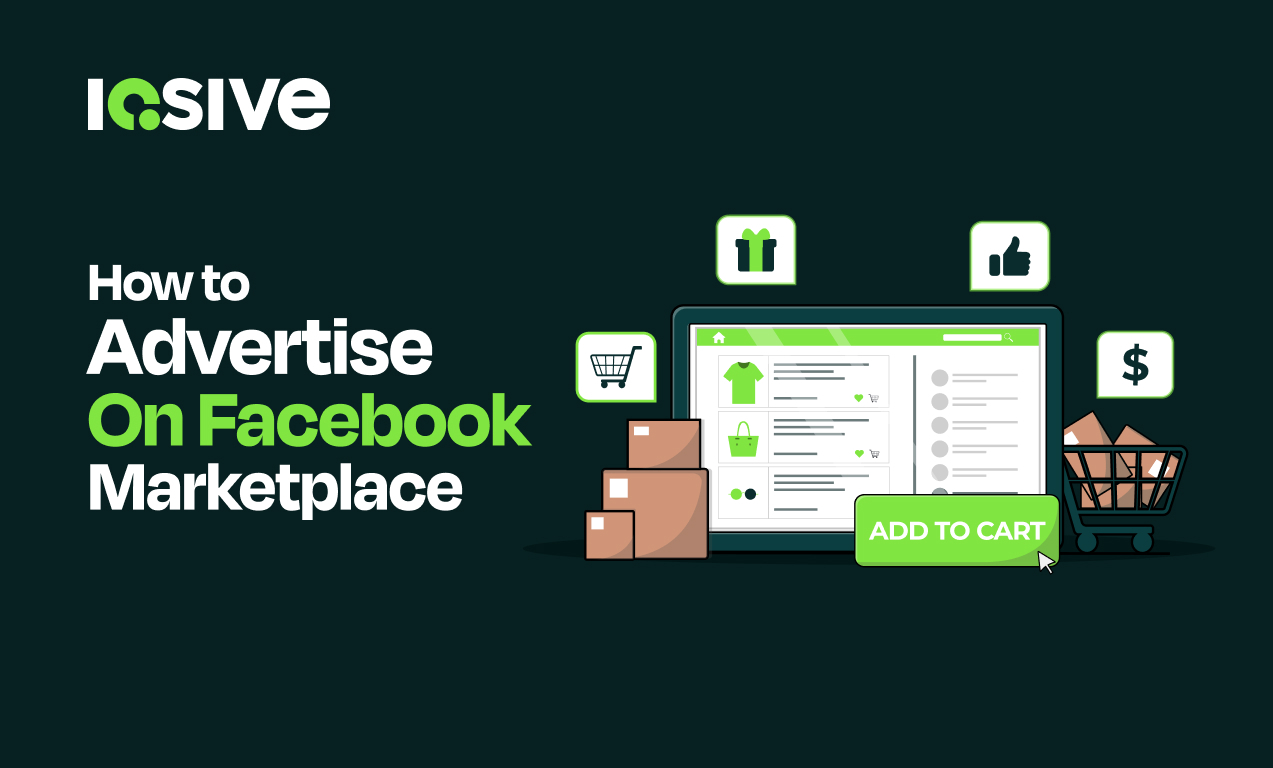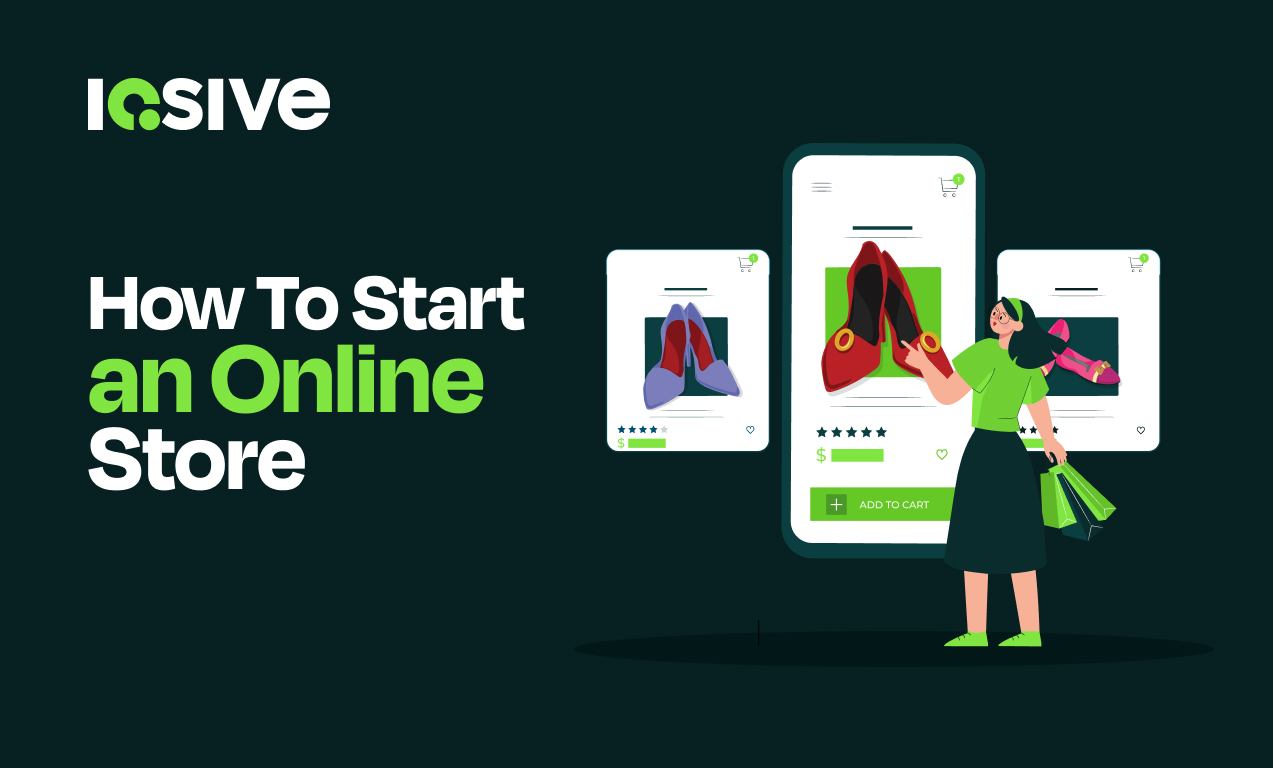Digital advertising has revolutionized the way businesses connect with their audiences, offering a range of tools and strategies to promote products and services effectively in the online space. In this blog, we’ll explore everything you need to know about digital ads, from their types and objectives to networks and costs.
What are Digital Ads?
Digital ads are online advertisements delivered through digital channels such as websites, search engines, social media platforms, email, and mobile apps. They use the internet to promote products, services, or brands to a targeted audience, often leveraging data and analytics to optimize performance and reach.
Digital Ad Types:
Below are the main types of digital ads:
1. Search Ads (PPC)
Search ads, also known as pay-per-click (PPC) ads, appear at the top or bottom of search engine results pages (SERPs) when users search for specific keywords. Advertisers bid on keywords relevant to their products or services, and these ads are displayed to users with high purchase intent. Popular platforms like Google Ads and Bing Ads use this model, where advertisers only pay when someone clicks on their ad. This type of ad is highly effective for driving traffic and generating leads.
2. Display Ads
Display ads are visually driven advertisements, such as banners, images, or animations, that appear on websites, apps, or videos. They are designed to capture users’ attention and promote brand awareness. Often distributed through platforms like the Google Display Network or other ad networks, these ads can be targeted based on user demographics, interests, or browsing behavior. Display ads are ideal for creating visual impact and reaching a wide audience.
3. Social Media Ads
Social media ads are advertisements that appear on platforms like Facebook, Instagram, Twitter, LinkedIn, TikTok, and Snapchat. These ads leverage user data to deliver highly targeted campaigns based on interests, behaviors, and demographics. Common formats include image ads, carousel ads, video ads, and story ads. Social media ads are effective for engaging users, building brand loyalty, and driving website traffic or app downloads.
4. Video Ads
Video ads are engaging advertisements that use video content to capture user attention and deliver a message. These ads can appear on platforms like YouTube, Facebook, and TikTok, in various formats such as skippable, non-skippable, pre-roll, mid-roll, or post-roll videos. Video ads are highly effective for storytelling and demonstrating products, making them an excellent tool for increasing brand awareness and conversions.
5. Native Ads
Native ads are designed to seamlessly blend with the content and layout of the platform on which they appear. They do not disrupt the user experience, making them less intrusive than traditional ads. Examples include sponsored articles, in-feed ads, or recommendation widgets. Platforms like Taboola and Outbrain specialize in delivering native ads by distributing them across a network of high-traffic websites, helping businesses reach a larger audience. Native ads are particularly effective in building trust and engagement as they align with the natural flow of content and are displayed to users who are more likely to find them relevant.
6. Affiliate Ads
Affiliate ads are placed by affiliates or partners who promote a business’s products or services in exchange for a commission. These ads can appear on blogs, websites, or social media platforms. Affiliate networks like Amazon Associates or ClickBank enable businesses to scale their marketing efforts by leveraging external partners. This type of advertising works best for driving sales through trusted recommendations.
7. Programmatic Ads
Programmatic advertising involves the automated buying and selling of ad space using data-driven technology. It allows advertisers to target specific audiences in real time with precision. Programmatic ads include various formats like banners, video ads, and native ads. This method is efficient and scalable, making it a popular choice for businesses looking to optimize their advertising spend.
8. Retargeting/Remarketing Ads
Retargeting or remarketing ads are aimed at users who have previously interacted with a brand’s website, app, or product. These ads serve as reminders and encourage users to complete a desired action, such as making a purchase. Platforms like Google Ads and Facebook Pixel enable businesses to create personalized campaigns based on user behavior, increasing conversion rates and customer retention.
9. Shopping Ads
Shopping ads are product-focused advertisements that appear on search engine results pages or online marketplaces. They include product images, prices, and descriptions, allowing users to compare options before clicking. Platforms like Google Shopping and Amazon Ads are popular for e-commerce businesses, as these ads directly target users with purchase intent, driving sales effectively.
10. Email Ads
Email ads are promotional messages delivered directly to users’ inboxes. These ads can be standalone campaigns or embedded within newsletters. They are designed to drive engagement, promote offers, or nurture leads. Email advertising remains a cost-effective way to reach a targeted audience and build long-term customer relationships.
11. Influencer Advertising
Influencer advertising involves collaborating with social media influencers to promote products or services. Influencers share branded content with their followers, leveraging their credibility and reach to create brand awareness and drive sales. This method works well for businesses looking to tap into niche audiences and build authentic connections with consumers.
12. Mobile Ads
Mobile ads are advertisements optimized for mobile devices, such as smartphones and tablets. These ads can appear as in-app banners, video ads, or pop-ups, ensuring a seamless experience for mobile users. Given the growing dominance of mobile usage, mobile advertising is an essential component of any digital marketing strategy.
Digital Ad Objectives:
Digital advertising serves a variety of objectives, depending on the goals of a business or campaign. Here are the most common objectives:
1. Brand Awareness
The primary goal is to increase visibility and familiarity with a brand. Ads designed for this objective focus on reaching a wide audience to make them aware of the brand, its offerings, and its unique value proposition. Metrics such as impressions, reach, and video views are commonly used to measure success.
2. Lead Generation
This objective focuses on collecting contact information from potential customers, such as email addresses or phone numbers. Lead generation ads often include forms, gated content, or promotional offers like e-books and free trials to entice users to provide their information.
3. Website Traffic
Driving users to a specific webpage or landing page is the focus of these campaigns. Ads optimized for website traffic aim to generate clicks and direct users to a site for further engagement, such as reading a blog, learning about products, or exploring services.
4. Conversions
Conversion-focused ads are designed to encourage users to complete specific actions, such as making a purchase, signing up for a service, or downloading an app. These ads are often paired with remarketing strategies to target users who have shown interest in a brand but have not yet converted.
5. Engagement
The goal here is to increase interaction with a brand’s content on social media or other platforms. Engagement-focused ads aim to drive likes, comments, shares, or other forms of user interaction that signal interest and involvement with the brand.
6. Sales and Revenue
Sales-driven ads aim to boost immediate purchases or bookings. These campaigns often highlight special offers, discounts, or limited-time deals to encourage quick decisions and increase sales directly.
7. App Installs
For businesses with mobile apps, the objective may be to drive app downloads and installs. These ads are often optimized to target users who are more likely to install and engage with the app.
8. Product Promotion
These ads focus on showcasing specific products or services to a targeted audience. They may use shopping ads, video demonstrations, or carousel ads to highlight the features and benefits of the promoted items.
9. Retargeting and Remarketing
The goal of retargeting campaigns is to re-engage users who have previously interacted with a brand, such as visiting the website or adding items to a cart but not completing the purchase. These ads aim to bring users back to finalize their actions.
10. Customer Retention and Loyalty
Retention-focused campaigns aim to keep existing customers engaged and loyal. These ads often promote special offers, new product launches, or exclusive content for existing customers, helping to maintain the relationship and encourage repeat business.
11. Market Expansion
Ads targeting new geographical locations, demographics, or audience segments aim to expand the brand’s reach into untapped markets. These campaigns are designed to attract a broader customer base.
12. Event Promotion
These ads focus on driving attendance or participation in events such as webinars, trade shows, or product launches. The goal is to inform and attract the target audience to the event.
Digital Ad Networks
Digital ad networks are platforms that connect advertisers with publishers (websites or apps) to display ads to targeted audiences. These networks streamline the ad buying process by offering inventory, targeting options, and performance tracking. Here’s an overview of popular types of digital ad networks and their examples:
1. Search Ad Networks
Search ad networks focus on displaying ads on search engine results pages (SERPs) and partner websites. They use keyword-based targeting to show ads to users actively searching for specific terms.
Examples:
- Google Ads: The largest search ad network, enabling advertisers to display search ads, shopping ads, and display ads across Google properties and partner sites.
- Microsoft Advertising: Powers ads on Bing, Yahoo, and partner sites.
2. Display Ad Networks
Display networks specialize in showing visually driven ads, such as banners or rich media, on a wide range of apps. These networks provide advertisers access to vast inventories and allow for demographic, behavioral, and contextual targeting.
Examples:
- Google Display Network (GDN): One of the largest display networks, reaching millions of websites and apps globally.
- AdRoll: Specializes in retargeting and display advertising across multiple platforms.
- Criteo: Focuses on personalized display ads for e-commerce and retail businesses.
3. Social Media Ad Networks
These networks operate within social media platforms and offer sophisticated targeting based on user data such as demographics, interests, and behavior. Ads can include images, videos, carousels, and stories.
Examples:
- Facebook Ads Manager: Powers ads for Facebook, Instagram, and Audience Network.
- LinkedIn Ads: Ideal for B2B advertising with precise targeting by industry, job title, and company.
- TikTok Ads: Focuses on engaging video content for younger audiences.
4. Video Ad Networks
Video ad networks specialize in placing video ads across platforms, websites, and apps. These networks are ideal for brands focusing on storytelling and visual engagement.
Examples:
- YouTube Ads: Integrated into Google Ads, it supports pre-roll, mid-roll, and discovery video ads.
- Tremor Video: Focuses on delivering video ads across premium publishers and platforms.
- Vimeo OTT: Offers video advertising for over-the-top (OTT) media services.
5. Native Ad Networks
Native ad networks provide ad placements that blend seamlessly with a platform’s content, ensuring a less disruptive user experience. These ads often appear as sponsored articles, in-feed ads, or content recommendations.
Examples:
- Taboola: A leading native ad network specializing in content recommendation widgets.
- Outbrain: Connects advertisers with premium publishers for native ad placements.
- MGID: Offers native ads with a focus on performance and scalability.
6. Affiliate Ad Networks
Affiliate networks connect advertisers with affiliates (partners) who promote their products or services in exchange for a commission. These networks are performance-driven, with payments based on conversions like sales or sign-ups.
Examples:
- Amazon Associates: Enables affiliates to earn commissions by promoting Amazon products.
- CJ Affiliate: Offers access to a broad range of advertisers and publishers.
- Rakuten Advertising: Focuses on global affiliate marketing partnerships.
7. Programmatic Ad Networks
Programmatic ad networks use automated technology to buy and sell ad inventory in real time. These networks focus on efficiency and precision by leveraging data-driven algorithms for targeting.
Examples:
- Google DV360: Google’s programmatic platform offering access to display, video, and audio ad inventory.
- The Trade Desk: A demand-side platform (DSP) for programmatic ad buying across channels.
- MediaMath: Provides advanced programmatic solutions for advertisers.
8. Mobile Ad Networks
Mobile ad networks specialize in delivering ads optimized for smartphones and tablets. They include in-app ads, banner ads, and interactive formats tailored for mobile users.
Examples:
- AdMob by Google: Focuses on mobile app advertising for iOS and Android.
- Unity Ads: Ideal for gaming apps, offering rewarded and playable ad formats.
- Chartboost: A mobile-focused ad network for app developers.
9. E-Commerce Ad Networks
These networks cater specifically to e-commerce brands by promoting products directly to shoppers on search engines, marketplaces, or retail websites.
Examples:
- Amazon Ads: Allows brands to showcase products through sponsored listings and display ads.
- Google Shopping Ads: Helps retailers advertise products directly on Google search results.
- Pinterest Ads: Focuses on visual product discovery for e-commerce businesses.
10. Audio Ad Networks
Audio ad networks deliver advertisements on music streaming platforms, podcasts, and radio apps. These networks are ideal for targeting users during non-visual activities.
Examples:
- Spotify Ads: Offers ad placements on its music streaming platform, including audio, video, and podcast ads.
- Pandora Ads: Focuses on personalized audio advertising.
- Acast: Specializes in podcast advertising solutions.
Digital Ad Costs
The cost of digital advertising varies widely depending on the platform, ad format, targeting options, and campaign objectives. Businesses often measure these costs through specific pricing models, ensuring they align with their budgets and goals. Here’s an overview of digital ad costs:
1. Cost-Per-Click (CPC)
CPC is the amount advertisers pay for each click on their ad. This model is commonly used in search ads and social media ads. CPC can range from a few cents to several dollars, depending on the competitiveness of the keywords or audience.
Example: Keywords in competitive industries like legal services or real estate may cost $5–$50 per click.
2. Cost-Per-Thousand Impressions (CPM)
CPM refers to the cost of serving 1,000 impressions of an ad. This model is often used for brand awareness campaigns where visibility matters more than direct actions. CPM rates vary based on platform and targeting criteria.
Example: Display ads typically have CPM rates ranging from $1 to $10, while premium platforms like LinkedIn may charge higher.
3. Cost-Per-Lead (CPL)
CPL is the cost of acquiring a single lead through ads. This metric is crucial for lead-generation campaigns. CPL varies by industry, platform, and lead quality.
Example: Generating a lead in the education sector may cost $5–$20, while in finance, it could be $50–$150.
4. Cost-Per-Action (CPA)
CPA refers to the cost of a specific action, such as a purchase, form submission, or app download. It ensures advertisers pay only when desired outcomes are achieved.
Example: E-commerce CPA might range from $10 to $50, depending on the product and competition.
5. Flat Rate
Some platforms or publishers offer flat-rate pricing, where advertisers pay a fixed fee for a specified placement or campaign duration. This model is common for native ads on platforms like Taboola or Outbrain.
6. Auction-Based Pricing
Many digital ad platforms, such as Google Ads and Facebook Ads, operate on an auction system where costs depend on bids and competition for the same audience or keywords. Higher competition leads to higher costs.
7. Platform-Specific Costs
- Google Ads: CPC ranges from $1–$50, depending on keyword competition.
- Facebook Ads: Average CPC is around $0.50–$3, and CPM ranges from $5–$15.
- Instagram Ads: CPC is similar to Facebook but can go higher for visually-driven campaigns.
- LinkedIn Ads: Higher costs, with CPC often between $5–$10 and CPM exceeding $30.
- YouTube Ads: Costs vary but average $0.10–$0.30 per view or $10–$30 CPM for video ads.
8. Factors Affecting Costs
Several factors influence digital ad costs:
- Audience Targeting: Narrow targeting increases costs but ensures better relevance.
- Ad Quality: High-quality, engaging ads may reduce costs due to better performance.
- Competition: Highly competitive industries, like finance or law, have higher ad costs.
- Campaign Objectives: Conversion-focused campaigns are generally more expensive than awareness campaigns.
Conclusion:
Digital ads play a pivotal role in helping businesses connect with their target audiences and achieve their goals in the digital age. By understanding the different types of digital ads and how they function, marketers can craft campaigns that drive meaningful results. Whether it’s increasing brand visibility or boosting conversions, digital advertising offers endless possibilities. Staying updated with trends and best practices ensures continued success in this ever-changing landscape.












